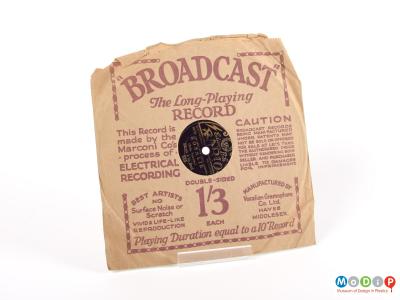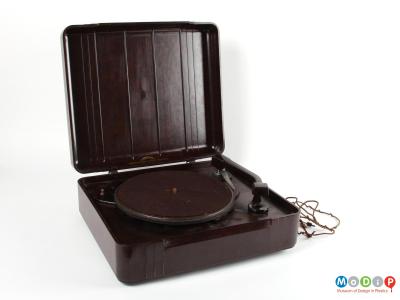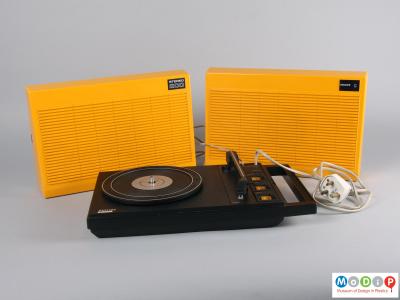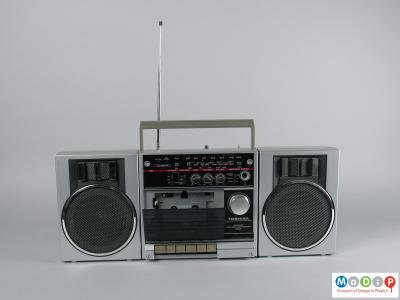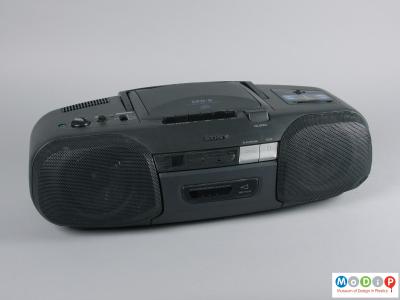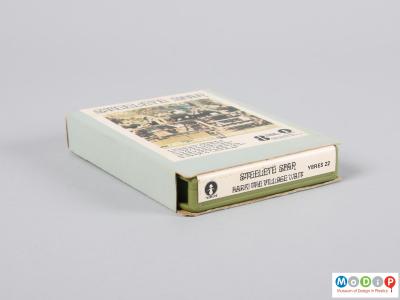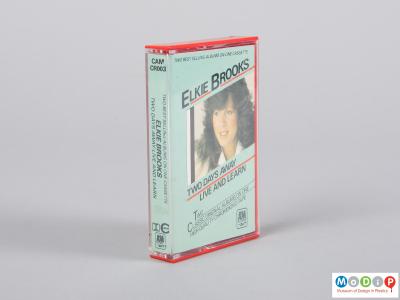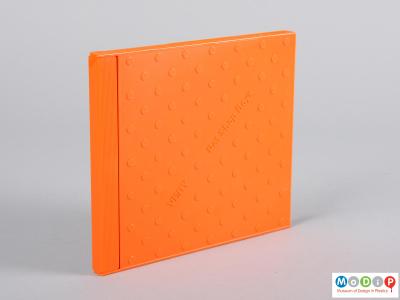Sharing music of your own choosing with companions became a reality with the invention of the phonograph, latterly known as the gramophone, in the 1870s. Early gramophone records (1) for home use were usually made from a shellac compound which was brittle, heavy, and produced a sound full of crackles and clicks. The introduction of vinyl in the 1940s for the production of long playing records or LPs (2) enabled a much finer groove to be cut, resulting in a much cleaner sound.
Record players ranged from small portable devices with adjustable speeds (3 & 4), to large pieces of domestic furniture that often incorporated other technology such as a radio or cassette tape player. Early record players had separate sound amplifying horns and were powered by winding a hand crank. Later devices had inbuilt speakers and were powered by electricity.
The introduction of new recording formats and portable devices powered by batteries (5, 6 & 7), instead of mains electricity, gave the listener more freedom to take their music with them outside of the home. Small, lightweight, machines with carrying handles were used by the urban youth in the 1980s and 1990s to share music in public places. Because of their popularity within the urban setting these kinds of devices were known as ghetto blasters.
Magnetic tape backed with acetate or polyester was introduced for pre-recorded music in the 1940s with the reel-to-reel tape (8), followed by the 8-track (9) designed by Richard Kraus under Bill Lear at Lear Jet Corporation in 1960s, and the compact cassette (10), which became popular in the early 1970s.
Co-developed by Philips and Sony in the early 1980s, the CD (compact disc) (11) is made from polycarbonate with a reflective surface of metal, usually aluminium. The readable surface includes a tightly wound moulded spiral track which reflects a laser beam within the player. Compact discs are a lightweight and robust recording medium, resistant to scratching and dirt.

